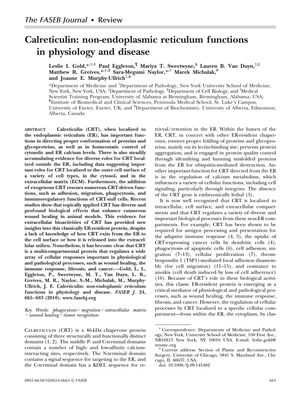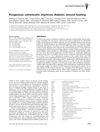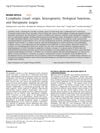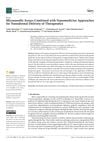Calreticulin: Non-Endoplasmic Reticulum Functions in Physiology and Disease
November 2009
in “
The FASEB Journal
”

TLDR Calreticulin has roles in healing, immune response, and disease beyond its known functions in the endoplasmic reticulum.
The document from 2009 reviews the multifunctional roles of calreticulin (CRT) beyond its well-known functions in the endoplasmic reticulum (ER). It highlights CRT's involvement in various physiological and pathological processes, including wound healing, fibrogenesis, phagocytosis, immunoregulation, and diseases such as systemic lupus erythematosus, rheumatoid arthritis, Alzheimer's, and Chagas disease. CRT is shown to enhance cutaneous wound healing in animal models, modulate extracellular matrix structure, and play a role in cell migration, proliferation, and angiogenesis. The study also discusses CRT's antiangiogenic activity, its role in cancer therapy by making chemotherapy immunogenic, and its importance in the immune response against tumors. The document emphasizes the need for further research to understand CRT's transit from the ER to other cellular compartments, its signaling mechanisms, and its potential therapeutic applications in wound healing and cancer treatment.





